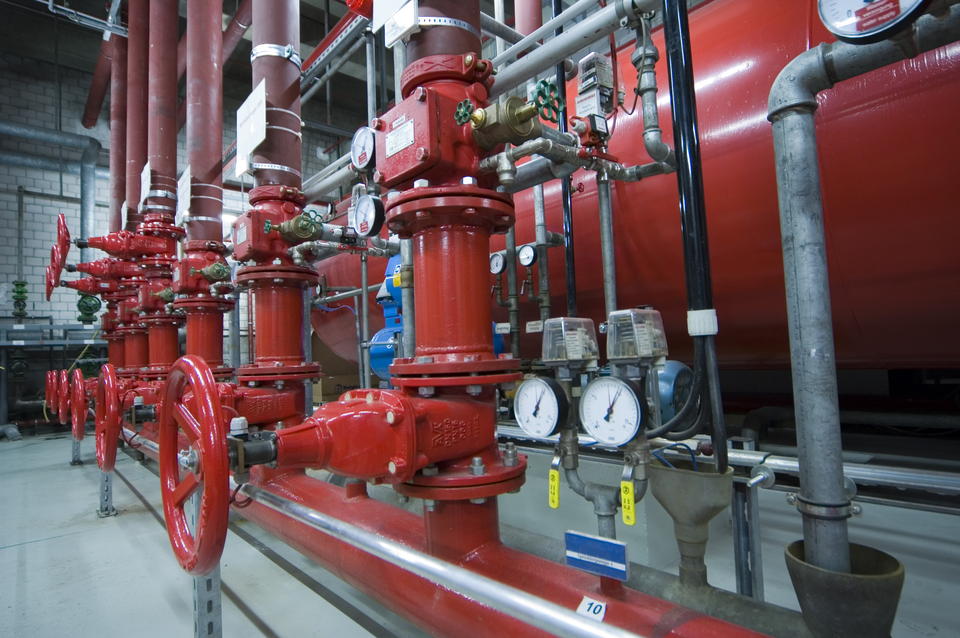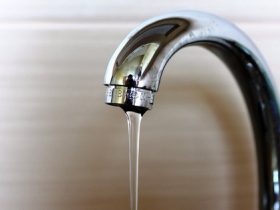We've stumbled upon the article relating to 10 Reasons for Low Water Pressure in Your House directly below on the internet and believe it made sense to discuss it with you in this article.

Low tide stress in your house can be an aggravating problem, affecting everything from showering to washing dishes. If you're experiencing weak water flow, there are a number of possible reasons and solutions to explore. In this overview, we'll discuss typical reasons for low tide stress and functional actions to attend to the concern properly.
Introduction to Low Water Pressure
Low tide pressure happens when the circulation of water from your taps, showers, and various other fixtures is weak than usual. This can make everyday tasks a lot more tough and much less effective. Recognizing the causes of low water pressure is critical to discovering the best service.
Typical Sources Of Low Water Pressure
Pipe Obstructions
With time, pipelines can end up being obstructed with natural resource, debris, or particles, restricting the flow of water. This is a typical problem in older homes with galvanized steel pipes.
Deterioration
Rust within pipes can cause leakages and decreased water pressure. Corrosion accumulation can tighten water circulation, specifically in maturing plumbing systems.
Faulty Stress Regulators
Pressure regulatory authorities are accountable for preserving regular water stress in your home. If they malfunction, it can result in low water stress or unequal flow throughout your home.
Municipal Water Supply Issues
Often, the issue lies outside your home. Metropolitan water issues, such as main line leakages or upkeep work, can momentarily reduce water stress in your area.
Exactly How to Detect Low Water Stress
Inspecting Faucets and Components
Begin by checking the water pressure at different taps and fixtures throughout your home. If the issue is separated to details areas, it might suggest local troubles.
Examining Pipes
Examine visible pipelines for indications of leakages, rust, or obstructions. Take note of any kind of uncommon sounds, such as banging or rattling pipelines, which could suggest concerns within the plumbing system.
Consulting with a Plumber
If you're incapable to pinpoint the cause of low tide stress, think about working with a professional plumber to carry out a detailed examination. They can recognize underlying issues and suggest suitable services.
Do It Yourself Solutions to Deal With Low Water Pressure
Cleaning Up Aerators and Showerheads
Natural resources can accumulate in aerators and showerheads, minimizing water circulation. Eliminate and cleanse these elements consistently to improve water stress.
Flushing Water Heater
Debris build-up in the hot water heater can limit flow and decrease efficiency. Flushing the container periodically helps remove sediment and keep optimal efficiency.
Examining Stress Regulatory Authority
Make certain that the stress regulator is operating properly. Changing or changing the regulatory authority can help bring back proper water stress throughout your home.
Cleaning Clogs in Water Lines
For small clogs, try making use of a plumbing serpent or chemical drainpipe cleaner to clear blockages in pipelines. Beware when making use of chemicals and follow safety standards.
When to Call a Professional Plumber
If DIY efforts fail to fix the concern or if you believe substantial plumbing problems, it's finest to look for assistance from a qualified plumber. They have the know-how and devices to attend to complex concerns safely and effectively.
Preventive Measures to Preserve Water Stress
Routine Maintenance
Schedule regular upkeep for your plumbing system to avoid issues such as deterioration, leakages, and obstructions. Attending to small issues early can help avoid more considerable fixings in the future.
Mounting a Pressure Booster
Take into consideration setting up a stress booster pump to boost water stress in locations with regularly reduced circulation. This can be specifically valuable for multi-story homes or buildings with high-demand fixtures.
Monitoring Water Use
Be mindful of water use behaviors and prevent ill-using the plumbing system. Basic changes, such as astonishing showers and washing tons, can help preserve sufficient water stress.
Conclusion
Handling low tide stress can be discouraging, yet recognizing the underlying reasons and executing ideal solutions can recover ideal circulation throughout your home. Whether it's cleansing aerators, evaluating pipes, or seeking advice from a plumber, taking aggressive actions can make sure a consistent supply of water for your day-to-day needs.
FOUR WAYS TO FIX LOW WATER PRESSURE NOW
Turning on a shower or faucet only to find the water comes out in a sad, slow drizzle is never a good feeling. How exactly are you supposed to wash a pan or take a quick shower when it takes 10 minutes just to rinse off a little soap? The good news is that when your water pressure is bad, there's always a cause: typically one that can be easily fixed. Here are some of the most common causes of low pressure and what you can do to fix the issue:
DEBRIS AND MINERAL DEPOSIT BUILDUPS
If you notice low water pressure from just one or two of the fixtures in your house, the problem likely has to do with debris buildup. Water is full of minerals and other debris, all of which can accumulate in your pipes and on your fixtures. This can cause a blockage that affects how much water flows through. To fix this, try filling a small plastic bag with white vinegar, and use a rubber band to hang it around your showerhead or faucet. Let the head of the fixture soak for a few hours, and the vinegar should loosen the deposits.
WATER LEAKS
Leaks are another common cause of low water pressure. If water is flowing out of your plumbing through a hole or crack before it can reach your fixture, the pressure coming out of the faucet or showerhead will be lower. A plumbing professional is your best bet for finding and repairing a leak in your water supply pipes.
Leaks are another common cause of low water pressure. If water is flowing out of your plumbing through a hole or crack before it can reach your fixture, the pressure coming out of the faucet or showerhead will be lower. A plumbing professional is your best bet for finding and repairing a leak in your water supply pipes.
FOUR WAYS TO FIX LOW WATER PRESSURE NOW
Turning on a shower or faucet only to find the water comes out in a sad, slow drizzle is never a good feeling. How exactly are you supposed to wash a pan or take a quick shower when it takes 10 minutes just to rinse off a little soap? The good news is that when your water pressure is bad, there's always a cause: typically one that can be easily fixed. Here are some of the most common causes of low pressure and what you can do to fix the issue:
DEBRIS AND MINERAL DEPOSIT BUILDUPS
If you notice low water pressure from just one or two of the fixtures in your house, the problem likely has to do with debris buildup. Water is full of minerals and other debris, all of which can accumulate in your pipes and on your fixtures. This can cause a blockage that affects how much water flows through. To fix this, try filling a small plastic bag with white vinegar, and use a rubber band to hang it around your showerhead or faucet. Let the head of the fixture soak for a few hours, and the vinegar should loosen the deposits.
WATER LEAKS
Leaks are another common cause of low water pressure. If water is flowing out of your plumbing through a hole or crack before it can reach your fixture, the pressure coming out of the faucet or showerhead will be lower. A plumbing professional is your best bet for finding and repairing a leak in your water supply pipes.
Leaks are another common cause of low water pressure. If water is flowing out of your plumbing through a hole or crack before it can reach your fixture, the pressure coming out of the faucet or showerhead will be lower. A plumbing professional is your best bet for finding and repairing a leak in your water supply pipes.
A VALVE ISSUE
If you have low water pressure throughout your home, check your main shut-off valve to make sure it's completely open. You may also want to see if there's a pressure-reducing valve installed. If there is, have a plumber help you adjust the settings to get the pressure you're looking for.
OTHERS USING WATER
Believe it or not, your low water pressure could be caused by your neighbors. If you notice low pressure at certain times of day, it may be because you and the people living next to you have similar schedules - when everyone is showering at the same time, the pressure will be lower in every home. Low pressure throughout the neighborhood may also be caused by an issue with your municipal water supply. If that's the case, call the supplier to see if they're working on the issue.
https://www.rotorooter.com/blog/water-leaking/low-water-pressure-fixes/

As an enthusiastic person who reads about , I imagined sharing that piece of content was beneficial. Sharing is caring. Who knows, you may be doing someone a favor. We treasure your readership.
Website